Table of Contents
Classification of Polymers on the Basis of Molecular Forces:
The properties of polymers like tensile strength, toughness, elasticity etc. depend upon the intermolecular forces of attraction like Vander Waals Forces, H-bonds etc. between the adjacent polymer chains. These forces are also present in small molecules but these are more significant (effective) in macromolecules since their magnitude depends upon the size of the molecule. The greater the length of the Polymer Chain, the stronger are the intermolecular forces. On the basis of magnitude of these forces, Polymers are classified into four classes-
Elastomers:
These are those polymers in which the intermolecular forces of attraction between the polymer chain are the weakest (Vander Waals Forces). These polymers consist of randomly coiled molecular chains of irregular shape having a few cross-links which increase the elasticity of the irregular shape having a few cross-links which increase the elasticity of the polymer. Due to weak forces, these polymers can be stretched, but they regain their former shape when the stress is relieved due to cross-links. Example- Natural rubber, a gummy material has a poor elasticity while the Vulcanized rubber (containing sulfur) is highly elastic in nature because sulfur introduces cross-links in the vulcanized rubber and thus increases its elasticity.
Fibres:
These are those polymers in which the intermolecular forces of attraction are the strongest which are either H-bonds or dipole-dipole interactions. In Nylons (Polyamides), the intermolecular forces are due to H-bonding while in Polyesters (Terylene, Dacron etc.) and Polyacrylonitrile (orlon etc.), they are due to dipole-dipole interactions between the Polar Carbonyl (C = O) and Cyano (C ≡ N) groups respectively. Due to strong forces of attraction, fibres have high tensile (pulling) strength and the least elasticity. These polymers have high melting points and are thin and thread-like, so they can be woven into fabrics.
Thermoplastics:
In these polymers, the intermolecular forces of attraction are intermediate to those of Elastomers and fibres. There is no cross-linking between the chains and hence, they are not rigid. These can be easily moulded into desired shapes by heating and then cooling to room temperature. The process of heat softening and cooling can be repeated as many times as desired without any change in chemical composition and mechanical properties of the plastic due to which these can be moulded into toys, buckets, telephone and TV cases. Some common examples of thermoplastics are Polyethylene, Polystyrene, PVC, Teflon etc.
Sometimes plastics do not soften much on heating, they are made so by adding certain organic compounds like di-n-butyl phthalate known as Plasticizers.
Thermosetting Polymers:
These are semifluid substances with low molecular weights which when heated in a mould undergo a change in chemical composition to give a hard, infusible and insoluble mass. This hardening on heating is due to extensive cross-linking between different polymeric chains to give a three-dimensional network solid. Some examples of thermosetting polymers are Phenol-formaldehyde (Bakelite), Melamine-formaldehyde.
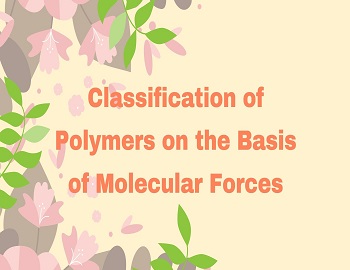


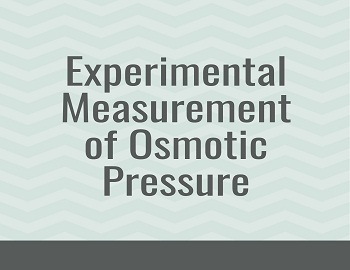
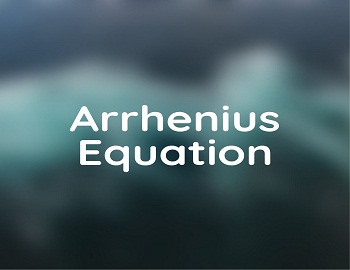
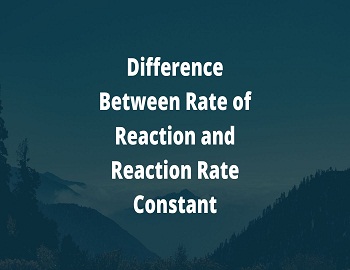

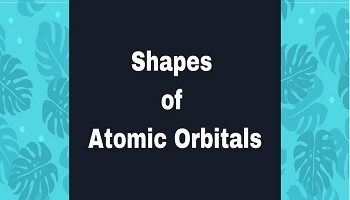

Comments (No)